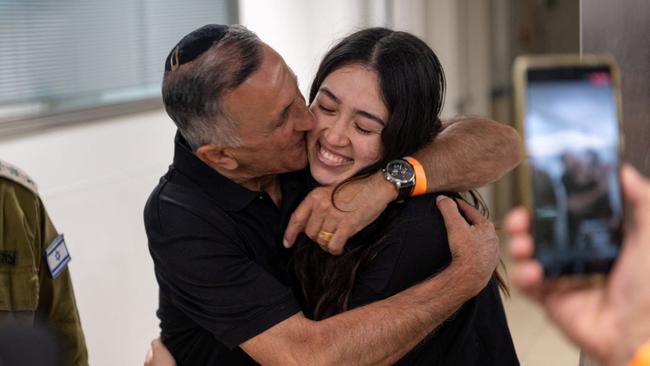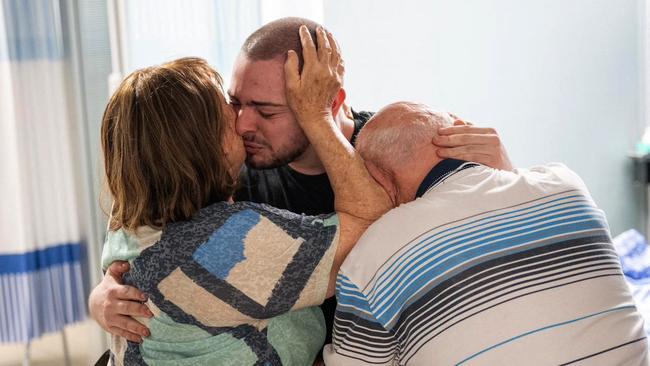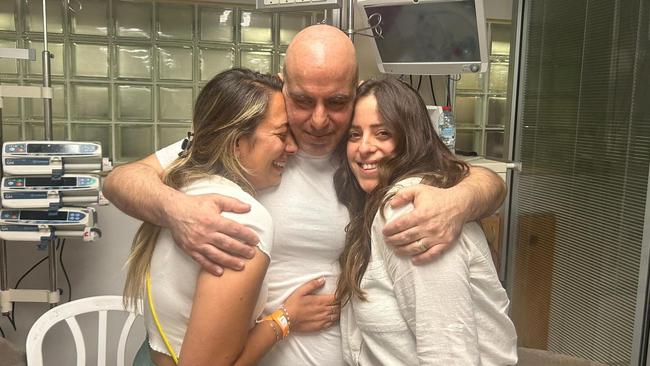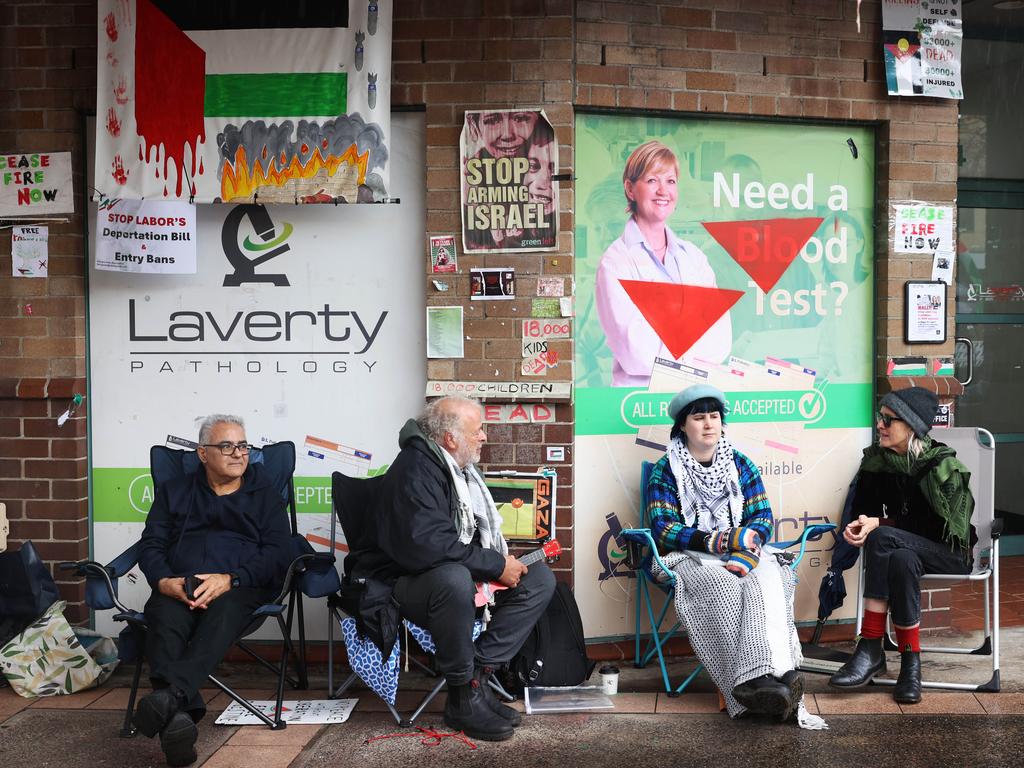Noa turns from icon of October 7 horror to beacon of hope for Israel’s fight against Hamas


On the weekend, rescued against all expectation, her picture with her father is now the symbol of hope, endurance and deliverance for the Israeli people.
Like so many young people, Argamani was at the Supernova music festival when so many of her friends were murdered, many after rape and torture. She was taken hostage.
“Don’t kill me!” she screamed as she was driven away, her arm outstretched, pitifully, towards her boyfriend, also kidnapped that day.
Her rescue operation, carried out by Israeli commandos, was the kind of daring, high-risk and ultimately successful effort that recalls an earlier Israel, the nation of the Entebbe raid of 1976, when commandos rescued Israeli and other hostages taken to Uganda on a hijacked plane.
That the Israeli commandos on this occasion got the four hostages – Argamani, Almog Meir Jan, Andrey Kozlov and Shlomi Ziv – out alive, in an operation in broad daylight, is almost a miracle. The Israelis have apparently known the location of a number of hostages over the past eight months but couldn’t devise a plan that would not result in the hostages being instantly killed.
The joy of the families of the rescued hostages swept over Israel, tempered of course by deep uncertainty over the fate of a further 115-odd captives who remain in Gaza and whose whereabouts and welfare is unknown
The operation resulted in a lot of Palestinian casualties in Nuseirat refugee camp. The death of innocent Palestinian civilians is an appalling and ongoing tragedy, and the world is right to be exercised about it.
But let’s be clear where the primary moral responsibility for this tragedy lies.
The four Israeli hostages, like thousands of Hamas terrorists, were embedded among Palestinian civilians, precisely in order to make it morally costly for Israel to rescue the hostages, or attack the terrorists.

But as David Brooks wrote recently in the New York Times – how exactly does the world actually expect Israel to provide for its own security, to destroy Hamas or to rescue its hostages?
The Israeli commandos in this operation experienced a fierce gunbattle.
That also tells us that as well as Israeli hostages, Hamas terrorists with heavy weaponry were embedded in the middle of Palestinian civilians.
It is impossible for the world to say to Israel that it cannot seek to rescue its own citizens from terrorist captivity. Though the reporting of this is often confused in the Australian media, the most senior American diplomats have made it clear for weeks now that the party which has prevented a ceasefire is Hamas.

If Hamas would release even a portion of the Israeli hostages it still holds, there would be a ceasefire tomorrow.
US President Joe Biden wants exactly that sort of ceasefire, with a prolonged period of a huge infusion of more humanitarian aid into Gaza, followed by negotiations for a permanent ceasefire and new governing arrangements within the territory.
Israel Prime Minister Benjamin Netanyahu merits serious criticism for failing to advance a plan for Gaza after the fighting stops.
He should make such a plan clear and work to bring that day about as quickly as possible.
But the aggressor here was Hamas. And the reason this appalling suffering by the Palestinian people continues is also Hamas.

Hamas now claims it does not even know where all the remaining Israeli hostages are. Some Israelis were taken hostage by non-Hamas Palestinian individuals and groups.
But this shocking tragedy of Gaza over the past eight months was deliberately and knowingly engineered by Hamas. As the brave former senator Nova Peris has demanded: where are the demonstrators shouting as they march: “Free the hostages and end the war?”
The effects of the rescue of Argamani and the other three hostages on Israeli politics is unknowable, though it seems for the moment to have forestalled centrist leader Benny Gantz leaving Israel’s government of national unity.
Nor is it clear how it will play into the dark and nihilistic calculations of the Hamas leadership.
But one young woman’s rescue is a new symbol of hope for Israel.
More Coverage








Noa Argamani was the face of the October 7 atrocities, her face a haunting picture of terror and distress as she was driven away on a motorcycle by Hamas terrorists.